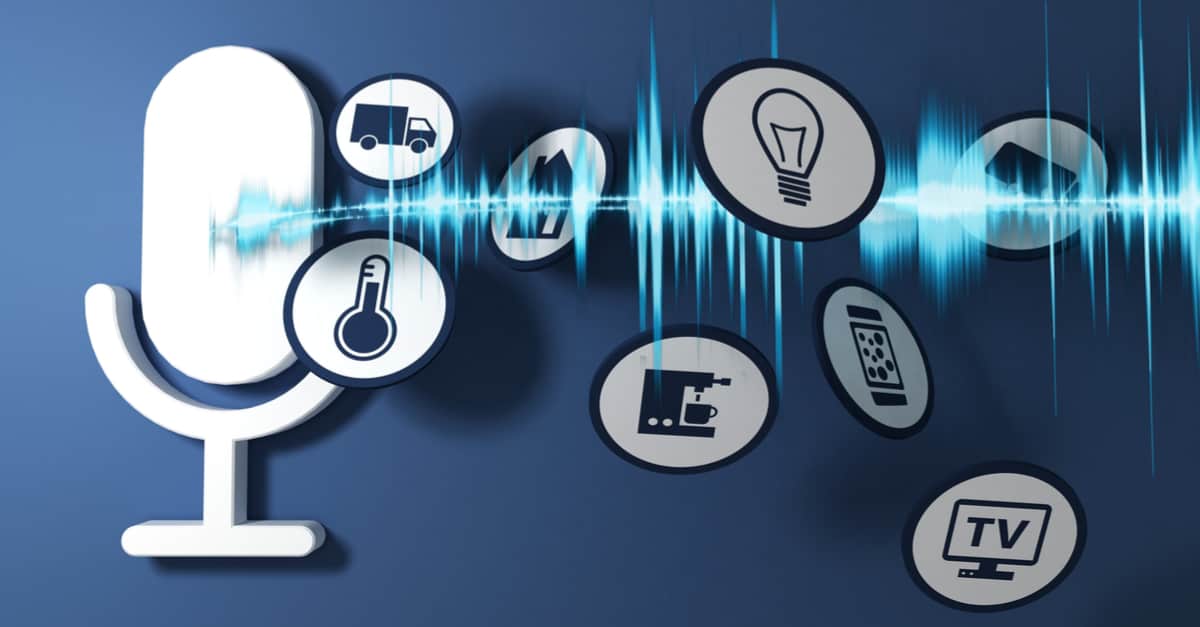
Voice Assistants: From Science Fiction to Everyday Companions
Introduction
Voice assistants have become an integral part of our daily lives, revolutionizing the way we interact with technology. These virtual assistants, powered by sophisticated artificial intelligence, can understand human speech and respond with relevant information or actions. The concept of voice-activated personal assistants was once the stuff of science fiction, but it has rapidly become a reality, transforming the way we communicate, access information, and control our devices. This article delves into the fascinating history, development, and impact of voice assistants, exploring how they have evolved from futuristic dreams to indispensable companions in our homes, offices, and on the go.
I. The Emergence of Voice Recognition Technology
The roots of voice assistants can be traced back to early experiments in voice recognition technology. The concept of voice-operated devices emerged in the 1950s and 1960s, but it wasn’t until the 1970s and 1980s that significant progress was made. Early systems, like IBM’s “Shoebox” and Carnegie Mellon University’s “Harpy,” demonstrated limited vocabularies and struggled with accuracy.
II. The Breakthrough of Natural Language Processing (NLP)
Advancements in natural language processing (NLP) played a crucial role in the development of voice assistants. NLP enabled computers to not only recognize speech but also understand the context and intent behind human language. The 1990s saw significant progress in NLP algorithms, allowing voice assistants to process more complex commands and provide more accurate responses.
III. Rise of Consumer Voice Recognition Products
In the early 2000s, companies began introducing consumer-oriented voice recognition products. One of the earliest examples was IBM’s “ViaVoice,” which allowed users to control their computers using voice commands. Around the same time, voice dialing became a standard feature in mobile phones, making it easier for users to make calls without typing.
IV. Siri: The Game-Changing Voice Assistant
The real breakthrough for voice assistants came with the introduction of Siri in 2011. Developed by a team of researchers acquired by Apple, Siri was a transformative voice-activated assistant that combined voice recognition, NLP, and artificial intelligence to deliver a more human-like and conversational experience. Siri’s launch on the iPhone 4S catapulted voice assistants into the mainstream, sparking a race among tech giants to develop their own versions of virtual assistants.
V. Competing Voice Assistants: Google Assistant, Alexa, and Cortana
In response to the success of Siri, other major tech companies quickly developed their own voice assistants. Google launched Google Assistant, Microsoft introduced Cortana, and Amazon unveiled Alexa. Each assistant came with unique features and integrations, from controlling smart home devices to providing personalized recommendations. The competition among these tech giants fueled innovation and accelerated the development of voice assistant technology.
VI. Expanding Ecosystems and Smart Home Integration
Voice assistants soon expanded beyond smartphones, integrating with other devices to create seamless ecosystems. Smart speakers like Amazon Echo and Google Home brought voice assistants into our living rooms, kitchens, and bedrooms, allowing users to control their smart home devices, play music, get weather updates, and more, all with simple voice commands. This integration marked a significant shift in how we interacted with technology and made voice assistants an indispensable part of daily life.
VII. The Challenges of Voice Assistant Technology
Despite significant advancements, voice assistants still faced challenges in accurately interpreting user commands, especially in noisy environments or with accents and dialects. Privacy concerns also arose, as users became more aware of the potential for unintended recordings and data misuse. Tech companies had to continually improve their voice assistants’ accuracy and address privacy concerns to maintain user trust.
VIII. Voice Commerce and Virtual Assistants in Business
Voice assistants opened new possibilities for voice commerce, enabling users to make purchases and order services using just their voice. Additionally, virtual assistants found applications in various business settings, from customer service chatbots to conference room assistants, streamlining workflows and enhancing productivity.
IX. Voice Assistants and Accessibility
One of the most significant impacts of voice assistants has been on accessibility. Voice technology has opened up new opportunities for individuals with disabilities, making it easier for them to access information, control devices, and communicate effectively. Voice assistants have transformed lives by providing greater independence and inclusivity.
X. The Future of Voice Assistants: AI Advancements and Personalization
The future of voice assistants holds even greater promise as artificial intelligence continues to advance. Voice assistants are becoming more personalized, learning from user interactions to provide more contextually relevant responses. With the integration of AI, voice assistants are expected to understand emotions and intent better, leading to more human-like interactions.
Conclusion
From their humble beginnings as experimental voice recognition systems to becoming indispensable companions in our daily lives, voice assistants have come a long way. The fusion of artificial intelligence, natural language processing, and smart home integration has transformed voice assistants into versatile tools that simplify tasks and enhance accessibility. As technology continues to evolve, voice assistants will continue to reshape our relationship with technology and redefine the way we interact with the world around us, becoming an integral part of our future in the digital age.






